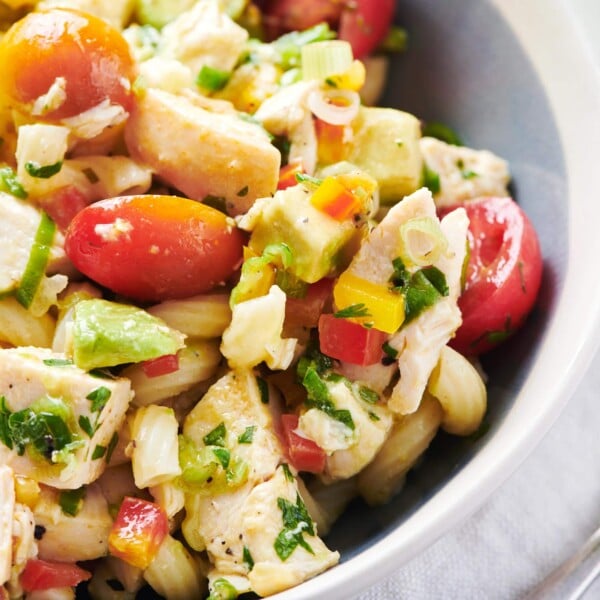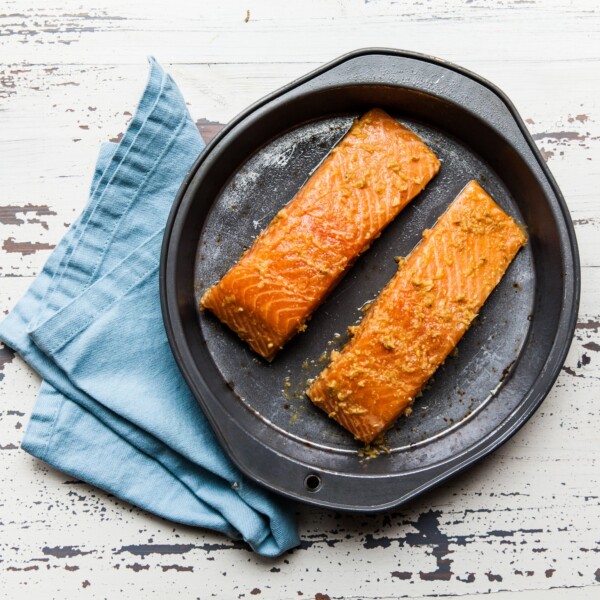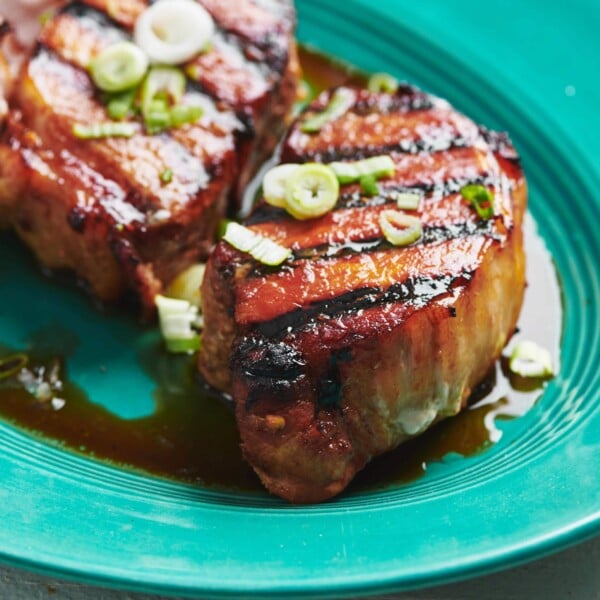How to Cook Spring Produce
on Mar 08, 2023, Updated Apr 03, 2025
This post may contain affiliate links. Please read our disclosure policy.

As winter comes to an end, the excitement mounts. Longer days, warmer weather, and an abundance of amazing spring produce that is nothing short of inspiring. Farmers markets are exploding with all kinds of fresh fruits and vegetables, and it’s impossible not to gather up as much as one can carry and cart it all home.
But then what? I know I get downright gluttonous when I see the first asparagus, ramps, and strawberries piled at the farm stands. So we need to put all of these beautiful ingredients to work! Here are a slew of seasonal spring produce recipes giving you lots of ideas for how to cook all of that gorgeous produce of the spring season.
By signing up, you agree to our Privacy Policy.
What's In This Post?
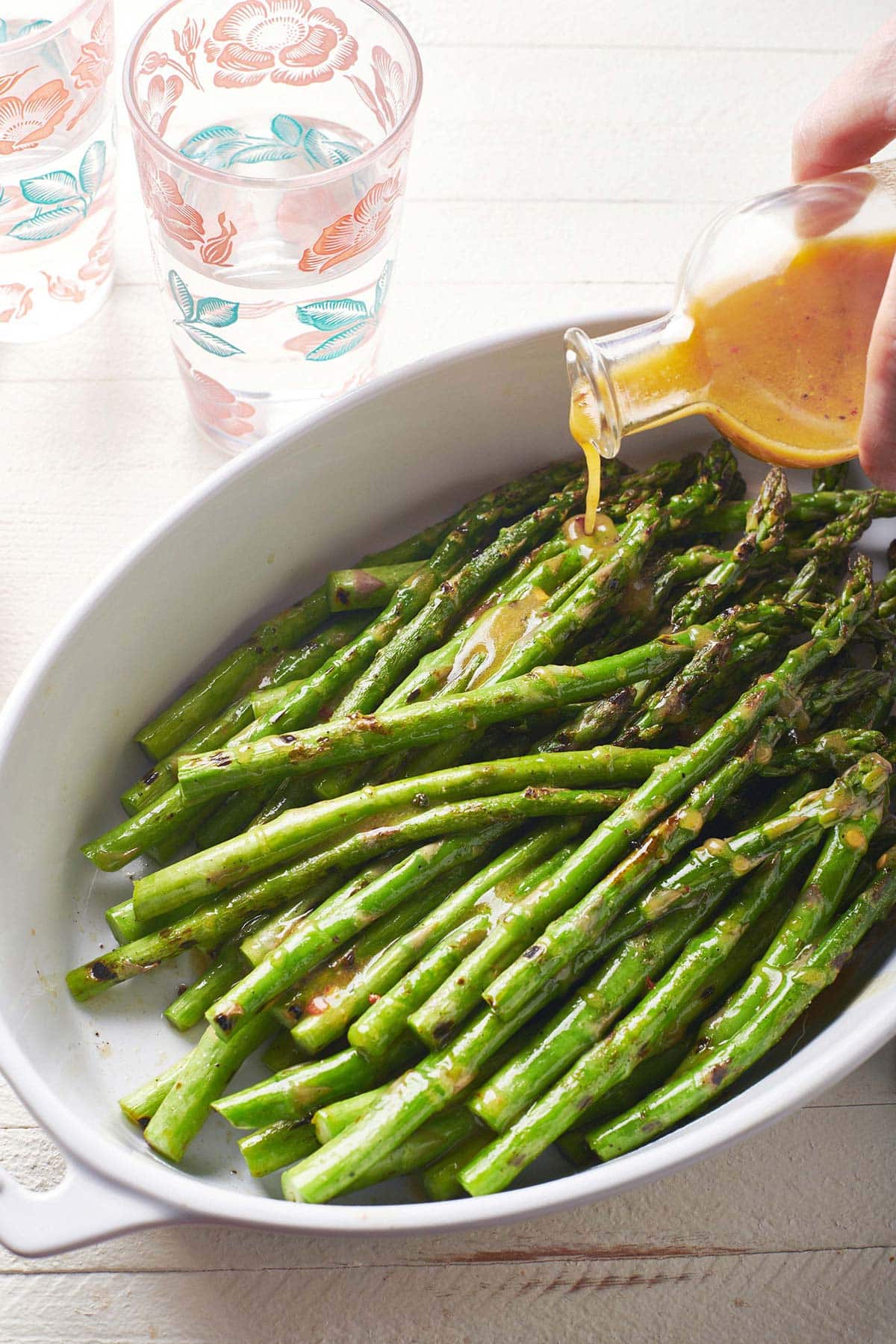
Apricots
These pretty, pale orange, delicately flavored fruits are a springtime treat. Try them instead of plums in this delicious fruit crisp that includes nectarines. Apricots also go beautifully with many cheeses, so add them to a bountiful cheese platter.
Artichokes
Our family goes a little crazy for artichokes, either eaten steamed and straight up, dipped in a lemony butter, or used in various dishes. They are amazing when trimmed, cleaned, and added to pasta, risotto, and salads. You can also roast or grill artichokes, and they are wonderful as part of antipasti platters.
Also, look for baby artichokes and use them in recipes like:

Arugula
Arugula adds a wonderful peppery flavor to spring salads. I also like to chop up some of the leaves and use them as a garnish on dishes like this Chicken Milanese. Or, spread out the lettuce on a platter and let it be an attractive base when you want to roast a whole chicken. The juices drip onto the lettuce and are just delicious.
Try these arugula recipes:
- Chicken with White Wine, Leek, Spinach, and Arugula Pan Sauce
- Salmon, Arugula, and Avocado Salad with Lemon Vinaigrette
- Arugula and Cucumber Salad with Tzatziki Dressing

Asparagus
Asparagus is one of the most welcome harbingers of spring. Pencil-thin to nice fat spears, they make any meal feel like a spring welcome party. They can be cooked in many different ways: grilled, steamed, baked, sautéed, and stir-fried. Roasting asparagus (and all kinds of other vegetables) brings out the natural sweetness. If you have extra, asparagus freezes really well, so you can keep them on hand to quickly add to recipes.
A few asparagus recipes to try:
- Asparagus with Herb Dipping Sauce
- Roasted Asparagus with Creamy Lemon Dressing
- Asparagus Soup
- Sesame Asparagus and Shiitake Mushrooms
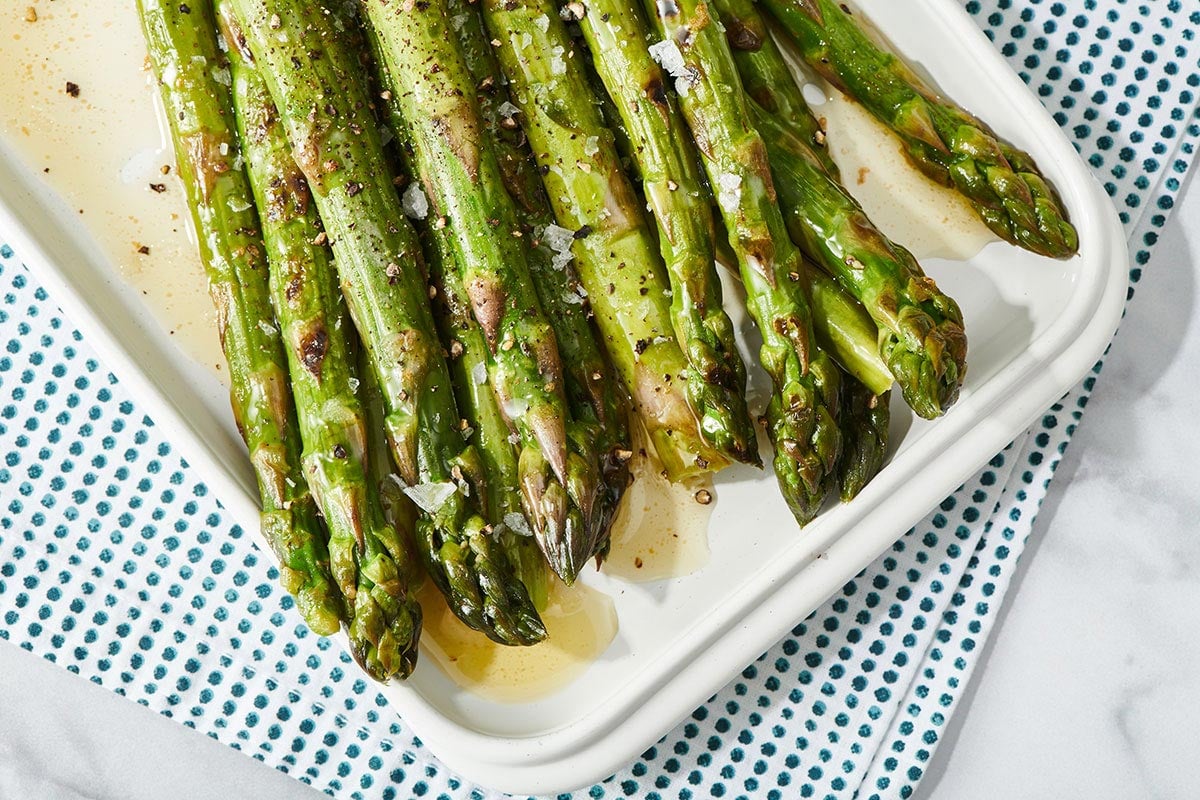
Beets
Beets can be cooked in a variety of ways. Sometimes they are peeled before cooking, sometimes scrubbed and cooked with their skins on. You can find both red and yellow or golden beets in the market, and they range in size from golf balls to quite large. To avoid beets that are woody or fibrous, try to find them under 4 inches.
Need a beet recipe for dinner? Try these:

Fava Beans
The younger beans are milder in flavor, as well as more tender. The flavor is buttery and nutty and very vegetal. There is a slightly appealing bitterness as well.
Fresh favas can be boiled, steamed, and added to soups, stews, and salads. They can also be simply sautéed as a side dish. If you can find them very young and tender in early spring, they can also be eaten raw. Sometimes, they appear in dips and purees. Unless the beans are very small and tender, you need to blanch them first, which makes it easier to remove the thick outer white skin from the beans.
Try fava beans in spring vegetable pastas and bean salads like Chickpea and Fava Bean Salad. And read up on how to peel or shell them.
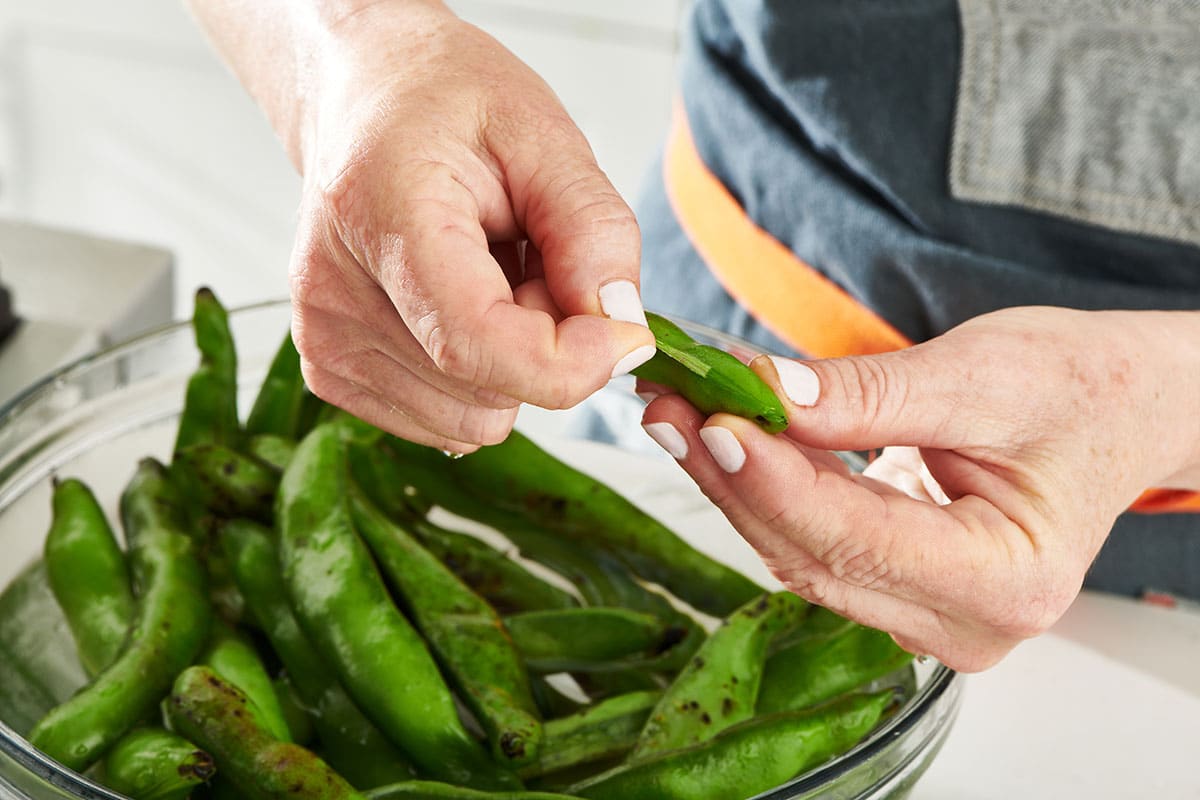
Fennel
I always think of fennel as the more interesting, exotic cousin of celery. It provides a similar crunch and freshness but also a bit of an anise flavor. The flavor softens when it is cooked, but fennel can be used raw in salads and crudite platters, as well as cooked in soups, stews, casseroles, and pasta dishes.
When looking for ways to use it, one of these fennel recipes will be perfect:
- Thin Spaghetti with Fennel, Bacon, and Parmesan
- Lamb Stew with White Wine, Orange, and Fennel
- Fennel and Endive Salad
- Mixed Green Salad with Pears and Balsamic Dressing
- Spinach Salad with Roasted Fennel

Fiddleheads
Fiddleheads are the furled fronds of young ferns. Say that three times fast! They can be foraged in the spring near rivers, roadside ditches, ravines, or anywhere there is cool moisture. They should never be eaten raw, only cooked, and they are really nice simply sautéed.
Greens
Spring greens are basically defined as any type of edible young greens. Technically, the term “spring greens” is defined as non-mature cabbage leaves, but the term is used to describe various young tender greens that haven’t reached maturity, such as kale, collards, mustard greens, and so on. Whatever you find in the farmers’ market, toss them into a skillet and sauté them up.
Spring greens recipes to make:

Leeks
Leeks are one of my very favorite members of the allium or onion family! They taste like slightly milder and sweeter onions. Leeks are most often used in cooked preparations, though when young and small, they can be thinly sliced and eaten raw. Choose smaller, firm leeks with nice, taut layers, and look for several inches of the pure white base at the bottom, which is the most tender part of the leek.
Essential leek recipes:
- Leek, Mushroom, and Goat Cheese Quiche
- Orange Salmon with Leeks and Mushrooms
- Braised Baby Artichokes with Leeks and Capers
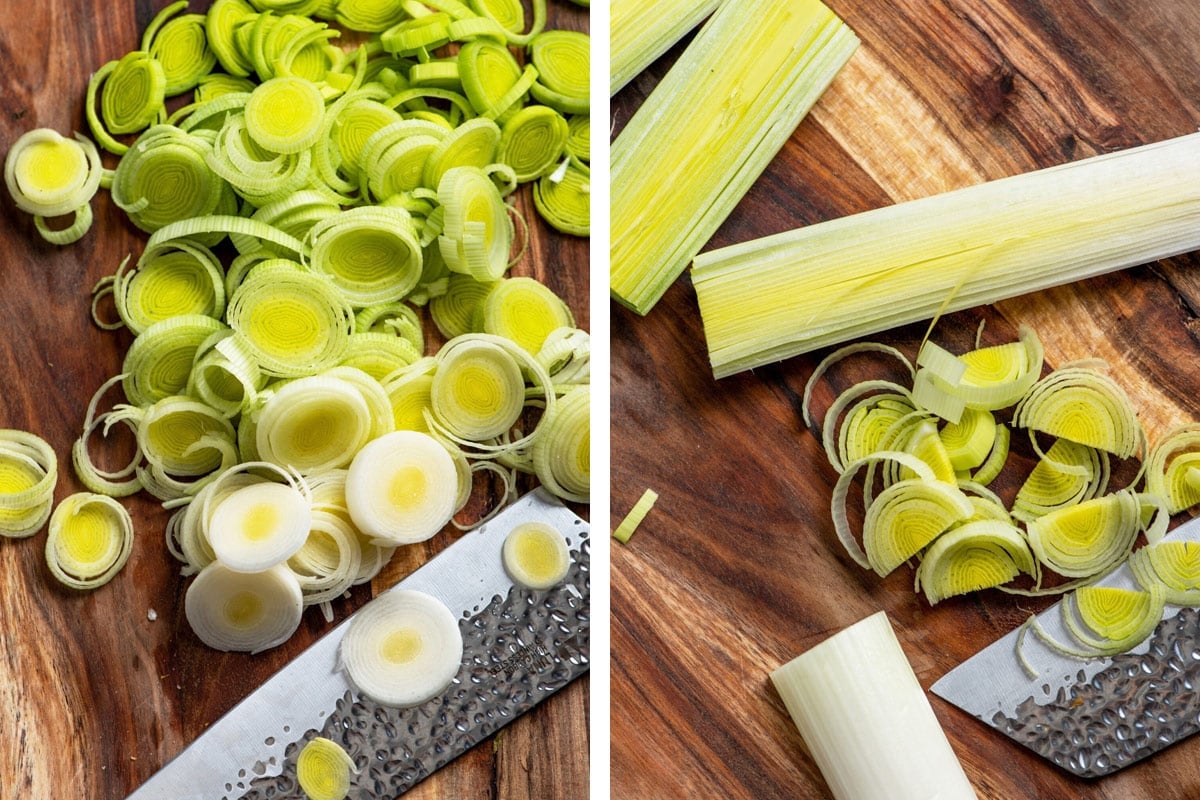
Lettuce
So much lettuce piled high in the markets during spring! Mesclun, romaine, arugula, butterhead, leaf, and chicory. It’s the best season for young lettuce salads, so mix and match to your heart’s content.
Move beyond a simple salad and go with these lettuce recipes:

Morels and Other Mushrooms
Morels are a true springtime delicacy, pricy but really worth it. They are most often sautéed, but they can also be roasted and grilled. Make sure your mushrooms are firm and show no sign of mold or bruises.
Explore a few mushroom recipes:
- Chicken with Mushrooms in Cream Sauce
- Mushroom Barley Soup
- Green Beans and Mushrooms with Shallots
- Chicken Thighs Stuffed with Mushrooms
- Korean Mushrooms

Parsley
Parsley is the unsung hero of the herb family! It was relegated to a silly little late garnish for a long time, and so many of us don’t think about how it adds such a wonderful vegetal freshness to so many dishes. It is the star of tabbouleh (try this Greek-inspired tabbouleh), but really, we need to think about using it in larger amounts more often. I prefer flat-leaf or Italian parsley to the curly variety, both for the texture and the flavor and the ability to chop it evenly.
Just a very few recipes that feature parsley to make:
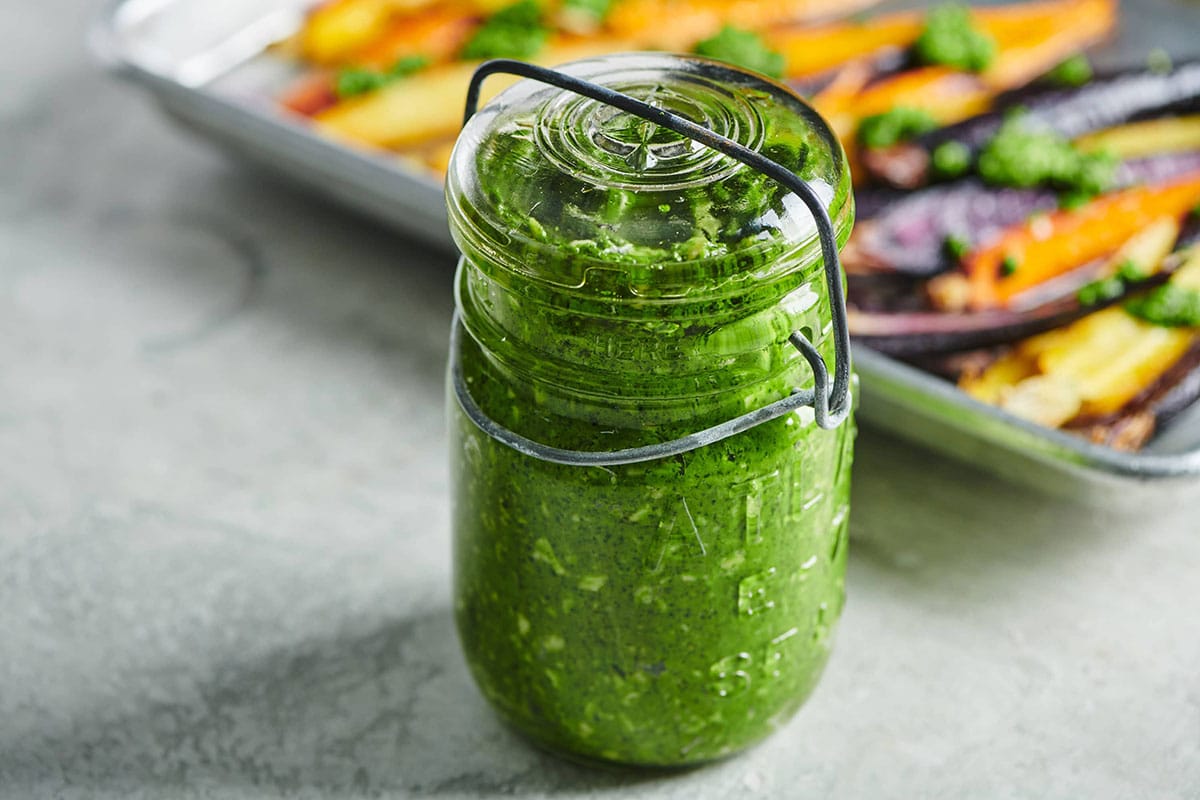
Peas, Snow Peas, and Sugar Snap Peas
I know spring is coming when my neighbor Ted plants his peas in the garden, always on St. Patrick’s Day weekend in the middle of March. A little over a month later, little plants start climbing up the trellis, and that means peas and the new season are around the corner. I love sugar snaps, in particular, in salads and stir-fries.
Use peas in these recipes:
- Fresh Linguine with Shrimp and Peas in a Pink Cream Sauce
- Pasta with Ramps, Edamame, and Sugar Snap Peas in a Light Parmesan Cream Sauce
- Ramp and Pea Risotto
- Vegetarian Spring Orzo Salad

Potatoes
Spring potatoes, or new season potatoes, are just young small potatoes that haven’t fully matured. They are sweeter and less starchy. They can be roasted, grilled, cooked on the stove in various ways, steamed, boiled, and really cooked in any way larger potatoes can be cooked. Perfect for potato salads!
Try:
- Herb-Roasted Fingerling Potatoes
- Smashed Roasted Baby Potatoes
- Vegan Potato Salad
- Perfect Roasted Potatoes

Radishes
Crisp and spicy, radishes add great crunch, flavor, and spiciness to all kinds of dishes. While they can be cooked, they are most often served and eaten raw. Sliced, they add great visual appeal to salads and other dishes. Seek out watermelon radishes, which are the show-offs of the radish family!
Radish recipes you’ll love to share:
- Spinach and Radish Salad with Feta
- Radishes with Herb Butter or Ghee
- Vegetable and Brown Rice Salad with Honey Lemon Dressing

Ramps
The beloved (almost fetishized!) wild scallions that grow in certain areas of the Northeast are super seasonal and not that easy to find. Chefs love them and use them lavishly and creatively during their brief span of availability. You can find them sold in farmers’ markets, and if you are lucky, maybe growing wild in a damp area near you.
Enjoy these ramp recipes each spring:
- Pasta with Ramps, Edamame, and Sugar Snap Peas in a Light Parmesan Cream Sauce
- Chicken Pasta Salad with Ramp Vinaigrette
- Green Olive and Ramp Tapenade
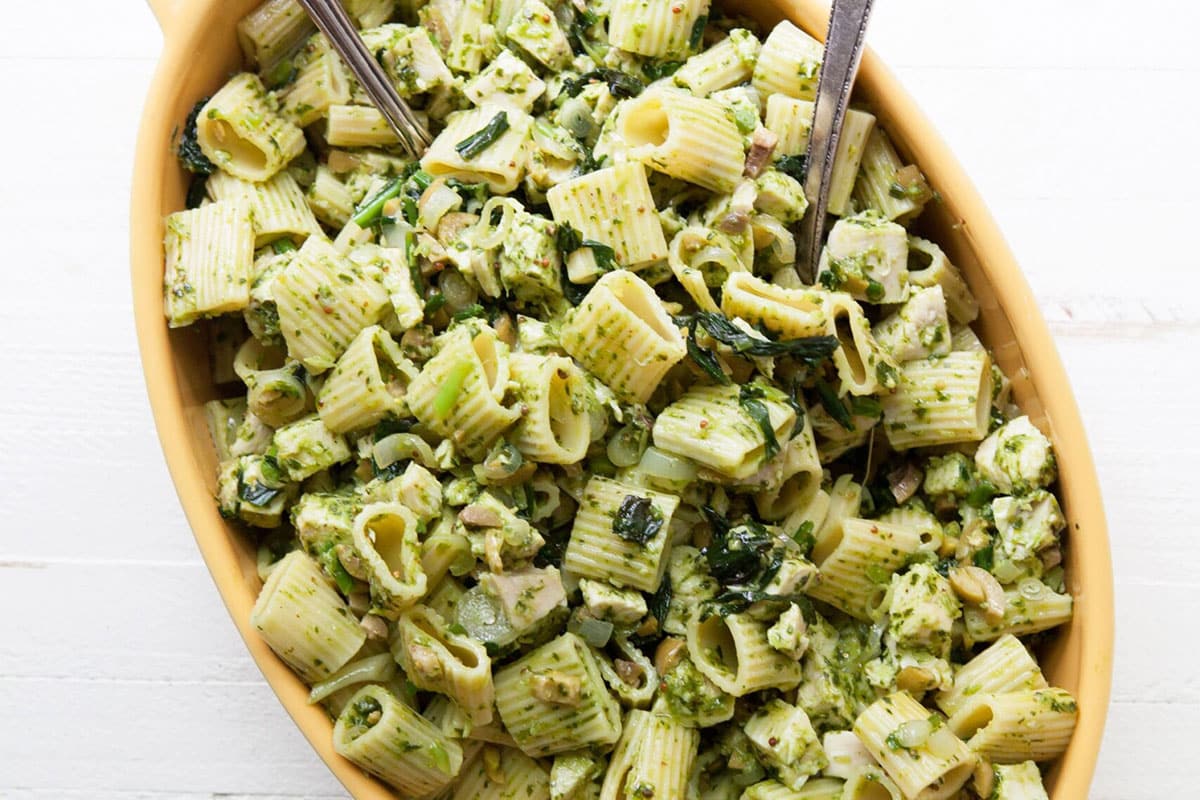
Rhubarb
Use these beautiful tart stalks in sweet and savory preparations. They are quite sour, so when featured in desserts, a generous amount of sugar is needed to counterbalance the flavor. Sometimes, rhubarb is referred to as the “pie plant,” as it so often ends up in pies, crisps, or cobblers and paired with strawberries or another sweeter fruit. It is also often used to make jams and preserves.
To prepare rhubarb, trim off the tops and bottoms and peel off any stringy bits. Do not eat the leaves, which have a high level of natural toxins.
Spinach
Technically, this should be in the lettuce category, but because it is so plentiful in the spring, it gets its own section! Spinach appears in so many raw and cooked guises, adding color, flavor, and nutrition. Often, it is sautéed, but it can also be steamed. In the spring, the leaves you’ll find at farmers’ markets are smaller and more tender. Note that when cooked, spinach shrinks down to a fraction of its original volume since it contains so much water, which is released during the cooking process.
Fun spinach recipes to make:
- Puff Pastry Breakfast Tarts with Spinach, Egg, and Cheese
- Escarole and Spinach Soup
- Sautéed Chicken with Spinach and Red Onions
- Creamy Goat Cheese and Spinach Linguine
- Chicken and Spinach Stir-Fry with Ginger and Oyster Sauce

Spring Onions or Scallions
I use scallions in much of my cooking, especially Mexican and Asian, but also to add a fresh oniony flavor and some nice color to dishes. I use them in cooking but also frequently as a garnish. They are amazing in salads.
Delicious spring onion and scallion recipes:

Strawberries
The hard part about cooking with strawberries is keeping them around long enough to cook with them! They are hard to resist when they are in peak season, sweet and juicy and bright red. Add them to everything from salads to baked goods. When you pick up a few quarts, you can never go wrong with Strawberry Shortcake or Strawberry Jam. Or try a strawberry topping for cheesecake, or add them to any crisps, crumbles, and cobblers.
Sweet strawberry recipes:

Swiss Chard
If you find very young chard, you can eat it raw in salads. More mature chard should be cooked. You can use the entire leaf, including the green leafy part and the stems, which will take a little longer to cook than the leaves. Chard can be steamed, and sautéed. Include it in soups, stews, casseroles, frittatas, and quiches. Young leaves can be eaten raw in salads.
Must-make Swiss chard recipes:

